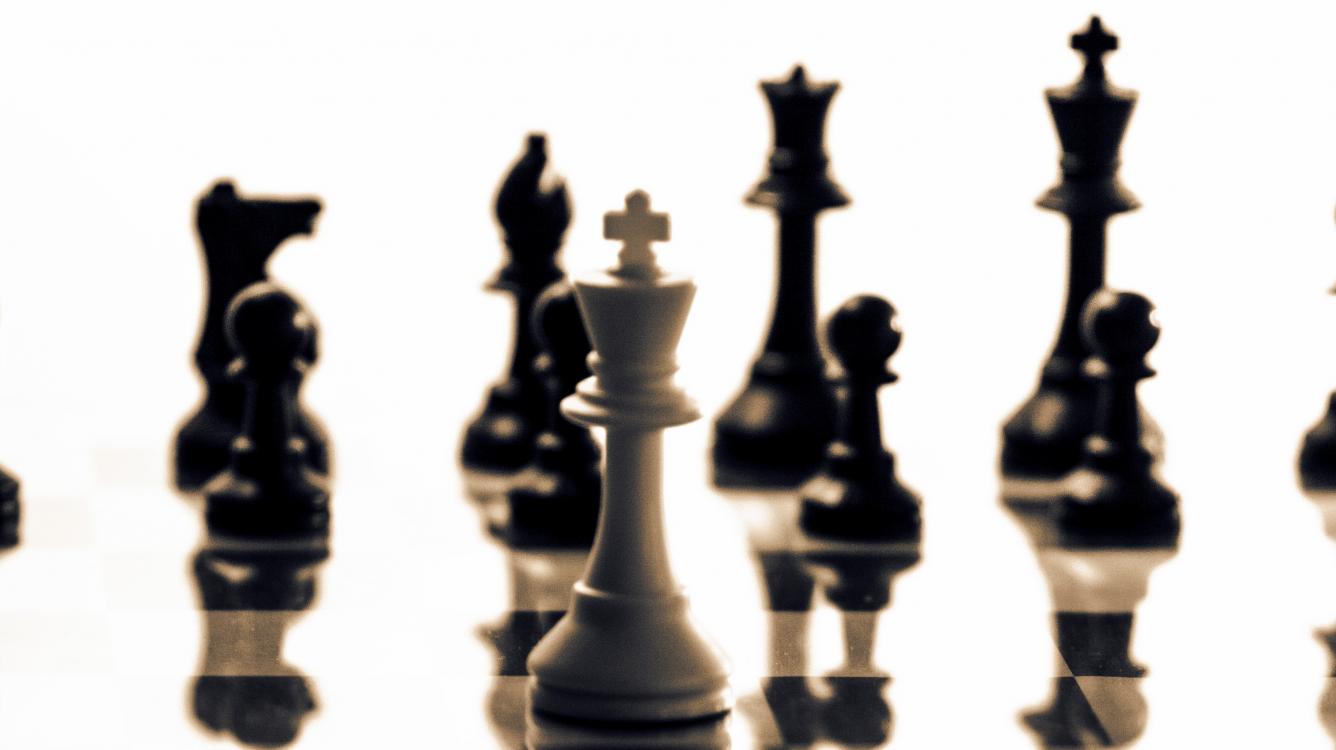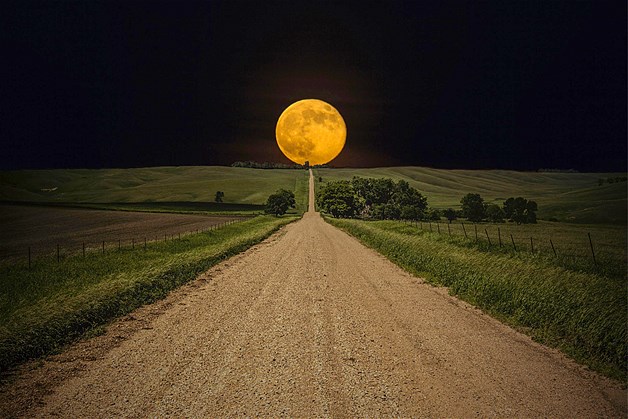
Choice of Openings
I like to think about chess. All aspects of it, whether they are psychology, plans in a certain type of position, openings, endgames, ways to study.
I have written before about certain puzzling moments from chess history that I will probably never know the reason for, like why Fischer chose 1 e4 d6 2 d4 g6 in Game 17 of his match with Spassky in 1972, allowing a King's Indian. He didn't play a King's Indian in the first half of the match when Spassky played 1 d4, so why did he allow it in the late phase of the match (and why did Spassky not take that opportunity)?
These opening choices in the matches have always been fascinating to me, especially when they were out of the ordinary repertoires of the players. I have always wanted to know the reasons why the players chose those openings.
While I have my own opinions on these choices, no matter how deeply-thought they may be, only the players themselves can give the complete answer. From the recent chess history, two questions have been on my mind for quite some time:
- Why did Nigel Short play the QGA in his match against Karpov in 1992? He never played the QGA before that and very rarely after that match.
- Why did Garry Kasparov think the Dragon was a good choice against Anand in 1995? Similarly, why did he think the QGA was a good choice against Kramnik in 2000?
Luckily, the protagonists of these matches are still alive and well, and even more fortunately I had a chance to meet them and ask them these questions.
A bit more than a year ago, in the VIP room of the Carlsen-Caruana match I had a chance to ask Nigel Short about his match with Karpov. There were other GMs present and they were also curious to know Nigel's reasons.
I was expecting a reply based on deep analysis of the QGA and the positions arising from them, resulting in understanding that these do not suit Karpov's style. However, the answer was much simpler and a lot more practical.
Nigel said that he chose the QGA because that was the only opening that did not feature in any of Karpov's previous World Championship matches. As simple as that!
He said that Karpov probably hadn't analysed the QGA in the same depth as the QGD (which was Short's main opening back then) and the others that were at his disposal. This answer was illuminating of sorts, as it showed how Nigel approached one of the most important matches in his career - in a practical way, yet armed with excellent novelties in all the QGA games in that match!
[On a sidenote, I didn't ask him about the choice of the Budapest Gambit in Game 1 of that match. The next time I see him I will.]
A bit more than a week ago I was in Monaco for the European Women Rapid and Blitz tournament and during the event the first European Chess Awards ceremony took place. One of the winners was Garry Kasparov.
During the gala there was a lot of socialising and Garry was in the centre of attention all the time. I didn't think I would get a chance to talk to him.
But suddenly, at one point later in the evening I noticed him outside of the hall posing for a selfie. I recognised my chance and approached him. He didn't seem too happy to be bothered, but when I asked my chess-related question he sort of showed interest.
In view of the positive atmosphere of the ceremony I decided to skip the part on the Kramnik match, not to bring unpleasant memories back and I just asked about the Dragon and Anand.
Surprisingly, the answer was very similar to Short's. Kasparov said that while checking Anand's games he noticed that he wasn't very comfortable playing against the Dragon and that his results there weren't very good. Therefore he took the practical decision to prepare this opening. Again, a very practical approach!
My own take on the use of the Dragon was a bit different. I thought that since Kasparov expected Anand to limit him a-la Karpov, which he did rather successfully in the 6 Be2 lines of the Najdorf that transposed to the Scheveningen after 6...e6, just like in the first two matches with Karpov, he needed a weapon to break the grip. In the Dragon the only theoretical way for White to play for an advantage are the lines with long castle where a super-sharp battle ensues. (This is especially true for the mid-90s when the lines with 9 0-0-0 instead of the Yugoslav attack with 9 Bc4 weren't that prominent yet. Nowadays White successfully curbs Black's attack after 9 0-0-0 d5 10 Qe1.) Anand would be surprised and unwilling to enter the sharp territory knowing that Kasparov would be excellently prepared and this would give Kasparov a tremendous practical advantage. The match proved that my thoughts were not far from the truth, which did feel satisfying.
Kasparov also mentioned that once he got "wind" in Game 10 he decided it was time to use the secret weapon in Game 11 and the rest, as they say, is history. He turned the match around and never looked back.
It was great to talk to the legends and ask these questions. It broadens my chess understanding when discussing chess with these players who have been the best in the world ever since I started playing the game! I was happy to have my curiosity satisfied, but I still have a few more questions prepared, just waiting for the next occasion!
